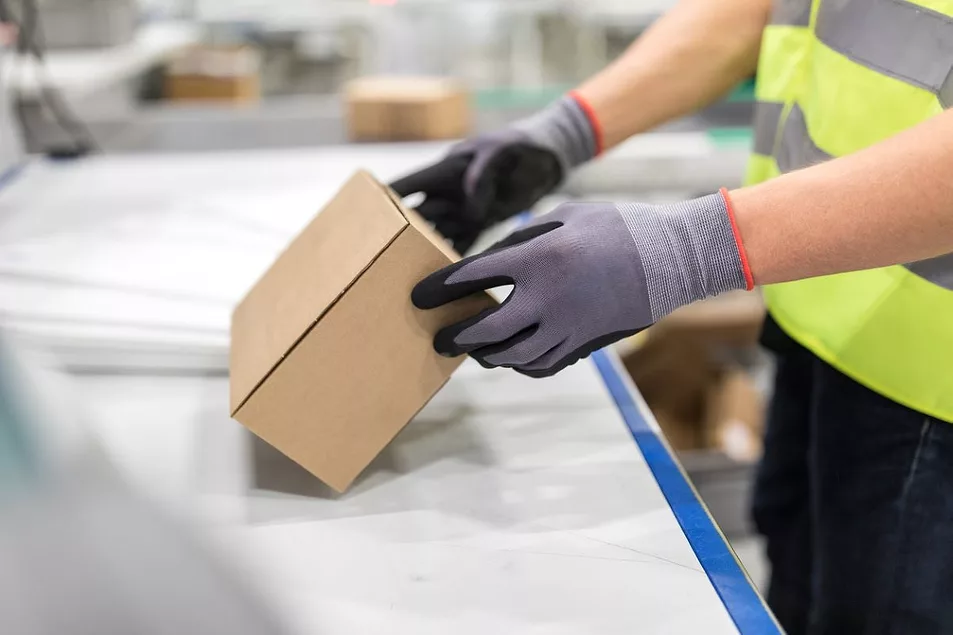[ad_1]
The Harmonized Tariff Schedule that governs all imports into the U.S. may be harmonized, but it’s fiendishly complex. According to Shopify, the American HTS, based on the World Customs Organization’s Harmonized Schedule, is composed of more than 10,000 individual codes. They’re divided into chapters, headings and subheadings that determine the 10-digit HTS code for each item. For businesses sending products across borders, getting one tiny thing wrong can be like awakening a large, dangerous beast.
“Using the wrong HS code declaration can result in incorrect landed costs, customs delays and holds,” says Rathna Sharad, chief executive officer and co-founder of FlavorCloud, a cross-border trade platform. She points to more serious potential consequences, too, including fines of up to $1 million per violation, seizures of goods, and even loss of import and export privileges.
The risk is real, Sharad says. “Let’s say you have even just 100 SKUs as a retailer or brand. Now you have to figure out and deeply understand, based on the product characteristics, what the code is. Thirty years ago, there was a big fat book that sat on a desk, for you to look up chapter and sub-chapter. Is it a knit? Does it have a pocket on the bottom or the top? What’s the thread count? And so on. Those all make a difference to how you classify. Now you’ve got a nightmare on your hands, just to do the first six digits. Then the next four for every single country you’re shipping to!”
Now, with greatly increased tariffs for imports into the U.S. already in place, and far more punitive ones threatened by the Trump Administration, the stakes are much higher. Different codes can bring wildly different tariffs. In businesses with low profit margins, making a mistake — or even a poorly informed decision — poses an existential threat.
What’s more, attempting to wrangle HTS codes into shape via manual processes such as spreadsheets is a ridiculous proposition these days. Even traditional automation, in the form of digitally stored and searchable codes, is of limited utility. Enter artificial intelligence.
In May, FlavorCloud launched Flash AI, which classifies SKUs and estimates landed costs in real time, pulling descriptions directly from e-commerce storefronts such as Shopify.
Sharad says the tool takes on the role of a traditional licensed customs broker. She cites the example of a women’s shirt that’s entered as being 100% cotton, but the customs broker catches that it has a different fiber mix, disagrees with the HTS code, and re-classifies the item.
“We’re training the AI to be that customs broker, to do all the things a person would do who is highly trained in determining HS codes,” she says. “So it’s a feedback loop, which gives far more accuracy, because people make mistakes.”
Customers appreciate the reduction in HS-code headaches. Sean Herwaldt, head of operations at Novos, a maker of health supplements designed to counter the effects of aging, didn’t need a super-efficient generator of HTS codes … until he did.
The company previously had only a small amount of international business, Herwaldt says. At some point, though, it began attracting customers from abroad, requiring cross-border shipments, for which Novos initially relied on FedEx for delivery.
“It was generic, retail shipping,” he recalls. “Our approach was just to turn on the countries where we were seeing requests, and it was such low volume, it was low stakes. You could send a shipment and see if it got there. That’s the advantage of being a startup; you can take small bets.”
Upon hitting the hockey stick of growth, Novos engaged a new third-party logistics provider, which introduced it to FlavorCloud. After implementation of the software, the company saw a 27% lift in gross revenue, and increased the number of countries it sold into from 20 to 30.
Herwaldt says the tool identified new countries into which Novos could expand. More specifically, it helped the company to overcome issues with its largest cross-border buyer, Canada, which had imposed limits on any product claiming health benefits to a 90-day supply per recipient. It also has a low de minimis limit of CAD20 ($14.60) per person per day for imported goods.
“Both of those hit us at different times,” Herwaldt says. “We were seeing a lot of rejections at the border. FlavorCloud was able to help us understand what was going on. Now, we limit the customer’s choices at checkout. They really dig in to find the root cause of problems.”
“It’s a white-glove service,” says Beth Shulman, who until recently was the senior e-commerce operations manager at the fashion brand Milly. “Even before AI, they would provide harmonized codes for each item shipped overseas that align with what duties and taxes should be paid according to price and content.” FlavorCloud also handled Milly’s international shipping out of the fashion brand’s direct warehouse, feeding orders made on Shopify straight into the vendor’s platform, then to Milly’s distribution center, automatically generating a shipping label and any paperwork required.
“They took their expertise and made it very, very easy for us to fulfill an order,” Shulman says. “It’s like I’m not an electrician but I want to be sure the lights stay on, and they allowed us to do that. And if there was an issue with customs or international shipping that I couldn’t answer on my own, they were there to answer it. It was really lovely to have that partnership.”
That sentiment is echoed by Herwaldt. “To some extent, I see them as an extension of the company,” he says. “I know a lot about international logistics, but these things change all the time. This is the resource I can lean on when I’m busy and have my focus elsewhere.”
[ad_2]
Source link



